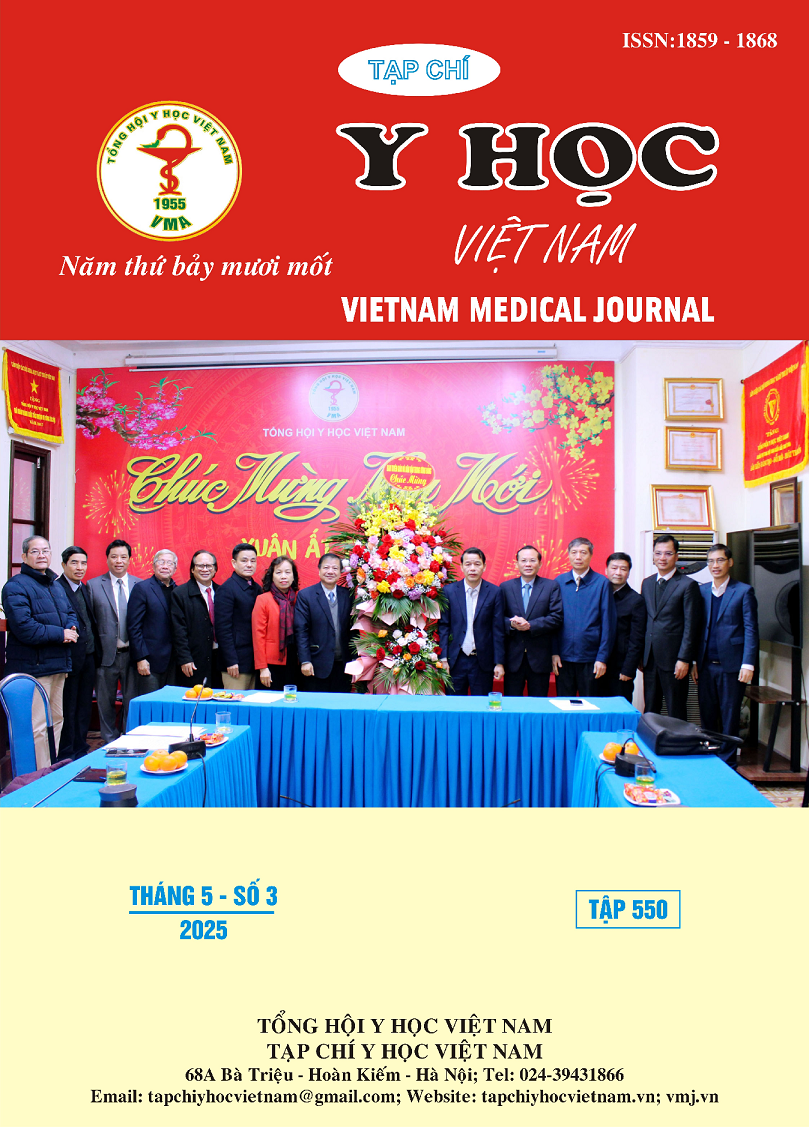TỶ LỆ VÀ ĐẶC ĐIỂM HÌNH ẢNH HỌC Ở BỆNH NHÂN THOÁI HÓA KHỚP GỐI SỚM ĐIỀU TRỊ TẠI KHOA KHÁM BỆNH BỆNH VIỆN TRƯỜNG ĐẠI HỌC Y DƯỢC CẦN THƠ VÀ MỘT SỐ YẾU TỐ LIÊN QUAN
Nội dung chính của bài viết
Tóm tắt
Đặt vấn đề: Thoái hóa khớp gối sớm là bệnh lý phổ biến với xu hướng ngày càng trẻ hóa, điều trị tốn kém và ảnh hưởng nghiêm trọng chất lượng cuộc sống của bệnh nhân. Hiểu được các đặc điểm hình ảnh học và một số yếu tố liên quan của bệnh giúp chẩn đoán và quản lý điều trị kịp thời, giảm gánh nặng bệnh tật. Mục tiêu nghiên cứu: Xác định tỷ lệ, mô tả các đặc điểm lâm sàng, hình ảnh học và một số yếu tố liên quan ở bệnh nhân thoái hóa khớp gối sớm. Đối tượng và phương pháp nghiên cứu: Nghiên cứu mô tả cắt ngang tiến hành trên 40 bệnh nhân đến khám và điều trị tại Khoa Khám bệnh, Bệnh viện Trường Đại học Y Dược Cần Thơ từ năm 2024-2025. Bệnh nhân đáp ứng tiêu chí chẩn đoán thoái hóa khớp gối sớm theo Sáng kiến Quốc tế của Hội Thấp khớp Italia (2014) được chọn phỏng vấn. Kết quả: Đau (87,5%), cứng khớp (100%) và tiếng lục cục khi vận động (85%) là các triệu chứng điển hình ở bệnh thoái hóa khớp, với 73,7% bệnh nhân có tổn thương khớp gối mức độ II. Tỷ lệ bệnh nhận bị hạn chế vận động với góc vận động gập gối trái và phải đều ở mức nhẹ và vừa lần lượt là 7,5%-35% và 5%-52,5%, góc vận động duỗi gối trái và phải ở mức vừa và nặng lần lượt là 15%-27,5% và 20%-37,5%. Theo thang điểm WOMAC, điểm trung bình đau là 8,45±0,96, cứng khớp 30,3±4,82, khả năng vận động 2±0, với tổng điểm 40,7±5,5. Tuổi trên 60, lao động chân tay và có tiếng lục cục khi vận động có liên quan đến mức độ tổn thương khớp gối độ II trên phim X-quang. Kết luận: Thoái hóa khớp gối sớm là vấn đề lâm sàng đáng chú ý, đặc biệt ở nhóm nguy cơ cao, ảnh hưởng lớn đến chất lượng cuộc sống của bệnh nhân. Do đó, công tác điều trị cần ưu tiên sàng lọc sớm và can thiệp kịp thời.
Chi tiết bài viết
Từ khóa
Thoái hóa khớp gối sớm, đặc điểm hình ảnh, WOMAC
Tài liệu tham khảo
2. Trần Thái Hà, Bùi Trí Thuật, Đặc điểm lâm sàng và cận lâm sàng của bệnh nhân thoái hoá khớp gối tại Bệnh viện Đa Khoa Mê Linh. Tạp chí Y học Việt Nam, 2022. 514(2).
3. Đào Chí Hùng, Nguyễn Thị Hồng Vân, Mô tả đặc điểm lâm sàng bệnh nhân thoái hoá khớp gối đến điều trị tại Khoa phục hồi chức năng Bệnh viện E năm 2022- 2023. Tạp chí Y học Việt Nam, 2024. 536(1).
4. Nguyễn Hồ Minh Như, Nguyễn Thị Tân, Đặc điểm lâm sàng và cận lâm sàng của bệnh thoái hóa khớp gối nguyên phát tại Bệnh viện Y Học Cổ Truyền Tỉnh Thừa Thiên Huế. Tạp Chí Y học Cộng đồng, 2024. 65(CĐ8-Trường ĐH Nguyễn Tất Thành).
5. Blagojevic, M., C. Jinks, A. Jeffery, and K.P. Jordan, Risk factors for onset of osteoarthritis of the knee in older adults: a systematic review and meta-analysis. Osteoarthritis Cartilage, 2010. 18(1): p. 24-33.
6. Fransen, M., et al., The epidemiology of osteoarthritis in Asia. Int J Rheum Dis, 2011. 14(2): p. 113-21.
7. Hunter, D.J. and S. Bierma-Zeinstra, Osteoarthritis. Lancet, 2019. 393(10182): p. 1745-1759.
8. Loeser, R.F., S.R. Goldring, C.R. Scanzello, and M.B. Goldring, Osteoarthritis: a disease of the joint as an organ. Arthritis Rheum, 2012. 64(6): p. 1697-707.
9. Roemer, F.W., et al., Imaging in Osteoarthritis. Osteoarthritis Cartilage, 2022. 30(7): p. 913-934.
10. World Health Organization, Musculoskeletal health. 2022.


